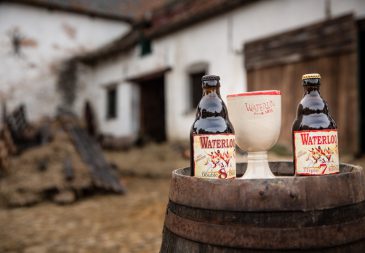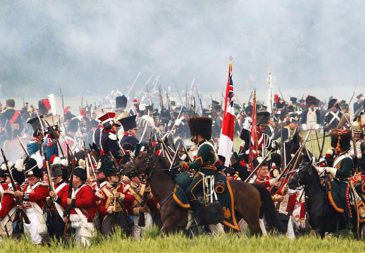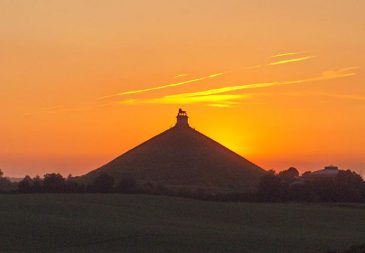HISTORY
Waterloo Beer
HISTORY
Mont-Saint-Jean Farm

THE FARM THEN
Waterloo Beer is brewed with care and love at the Mont-Saint-Jean farm, which is located on the battlefield of Waterloo. The reputation of this historic site, adjacent to Waterloo, Plancenoit and Braine-l’Alleud, extends well beyond the fighting on 18 June 1815.
THE FARM NOW
The new owner of the Mont-Saint-Jean farm Anthony Martin and his team are faced with a challenge – an emergency plan is under way to save the site. The project is being carried out in collaboration with the architects André Dupont and Associates, who specialize in listed heritage buildings – they were also responsible for restoration of the famous Hougoumont Chateau.
The goal is to preserve this historical heritage site, while also boosting visitor numbers – the ambition is for Mont-Saint-Jean farm to become a major tourist attraction. The site already hosts a microbrewery, where Waterloo Beer is brewed.
Visit the Mont-Saint-Jean Farm and its artisanal microbrewery:
Mont-Saint-Jean Farm
Chaussée de Charleroi 591
1410 Waterloo, Belgium
T. +32(0)2 385 01 03
HISTORY
The battle of Waterloo
Located around twenty kilometers from Brussels, Waterloo is famous worldwide for being the site of the most famous of Napoleon’s: the Battle of Waterloo.
This legendary battle took place on 18 June 1815 and ended with the decisive victory of the allies (British, Germans and Dutch), commanded by the Duke of Wellington, and the Prussians – both opposed the French army, led by Emperor Napoleon 1st.
In fact, the fighting did not actually take place at Waterloo, but a little further south, in the territory of the present towns of Lasne, Braine and Genappe. In France, the battle has often been named ‘The Battle of Mont-Saint-Jean’, instead of the more customary title.
This battle was the last in which Napoleon took part personally – he had taken control of France during the period known as the Hundred Days War. Despite his desire to continue the fight with reconstituted forces, he was forced, owing to lack of political support, to abdicate four days after his return to Paris.
The Battle of Waterloo is considered a major historical event that ended the Napoleonic conquest of Europe, and established the boundaries of the future continent.
Today, the Waterloo battlefield is one of Europe’s largest historical sites to have been preserved almost intact. Every year, more than 300,000 visitors from around the world flock there and climb the famous Lion Mound, to see the breadth of the land on which the troops fought so hard.
Every year in June, thousands of participants gather at Waterloo to relive the battle. This larger-than-life spectacle is breathtaking for the thousands of spectators who are lucky enough to attend.
In 2015, an extensive project, conducted jointly with local authorities, aims to celebrate the bicentennial of the battle. A new underground museum, the renovation of the farm-brewery in Mont-Saint-Jean, a ‘Napoleon Road’ and an unprecedented reenactment bringing together 6,500 actors is likely to attract some 200,000 visitors this summer and then 500,000 visitors every year thereafter.















